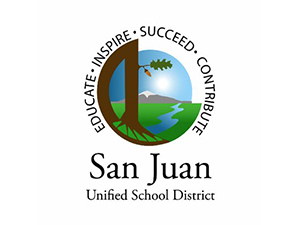Digitization initiatives adopted for historical education
Tuesday, February 12, 2013More organizations are utilizing document imaging technologies to digitize historical documents for public accessibility.
Tonawanda News reported that The Buffalo & Erie County Public Library System will receive a $319,809 two-year National Leadership grant to support the library’s initiatives for a presentation on depression-era historical documents. The Institute of Museum and Library Services provided the most recent grant, which will allow the library to digitize documents, photographs, artwork and other information to a searchable database.
Anne Conable, the project’s director, told the news source that there are plans in place to test different methods of public access to these resources, including the possibility of a mobile application. She explained that her goal is to increase public engagement in learning by making the information relevant in today’s digital society.
“We hope to bring people together to expose them to resources for lifelong learning,” she said. “This is a huge opportunity for the library, we are very excited about it.”
Protecting history
These initiatives are also particularly useful in ensuring the preservation of valuable artifacts. The Huffington Post reported that Hillary Clinton recently presented Afghan President Hamid Karzai with the beginning phase of what will become hundreds of thousands of digitized pieces surrounding the country’s history. James Billington, Librarian of Congress, explained that The World Digital Library will make these manuscripts, maps and photographs will be available to people all around the world in seven different languages, 24 hours a day. Hamayoun Ghafoori, assistant library director of the American University of Afghanistan, told the source that previously, he was afraid of these documents being damaged or lost.
“There are many rare historical materials inside Afghanistan libraries that no one pays attention to … Moreover, our librarians do not have the capabilities to properly take care of and preserve them. Materials are in a very bad condition – piled on wet floors, dark rooms and dusty places. Users don’t know what is available in their libraries, because we don’t have a catalog system. So, the digitization of these rare materials makes for a rich and valuable project,” he stated.
By converting documents to an electronic format and making these resources available online, researchers, historians and citizens alike will be able to learn about historical events from any place and at any time, as long as they have an internet connection.
Brought to you by Image One Corporation providing complete information governance since 1994.




